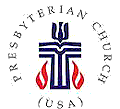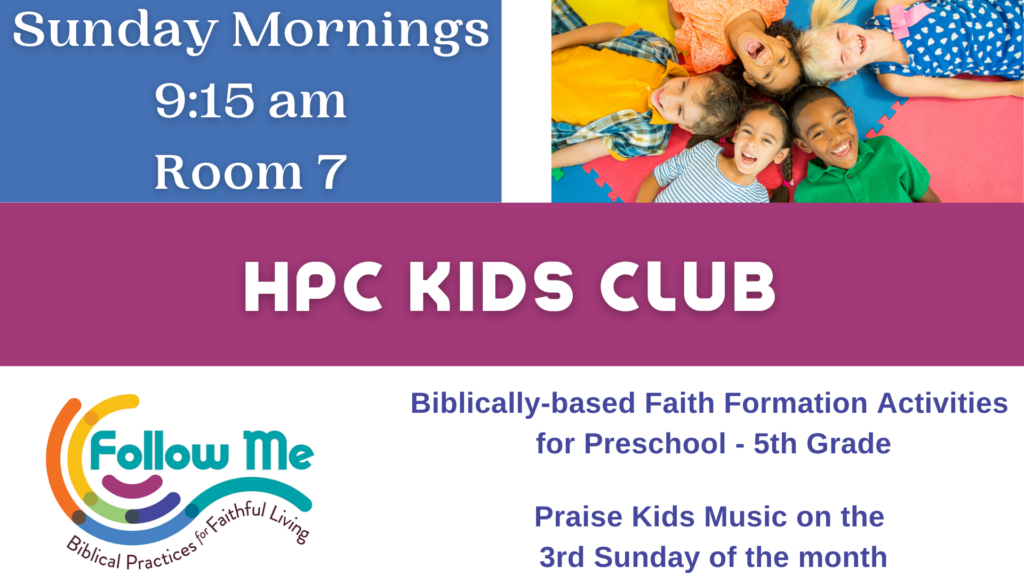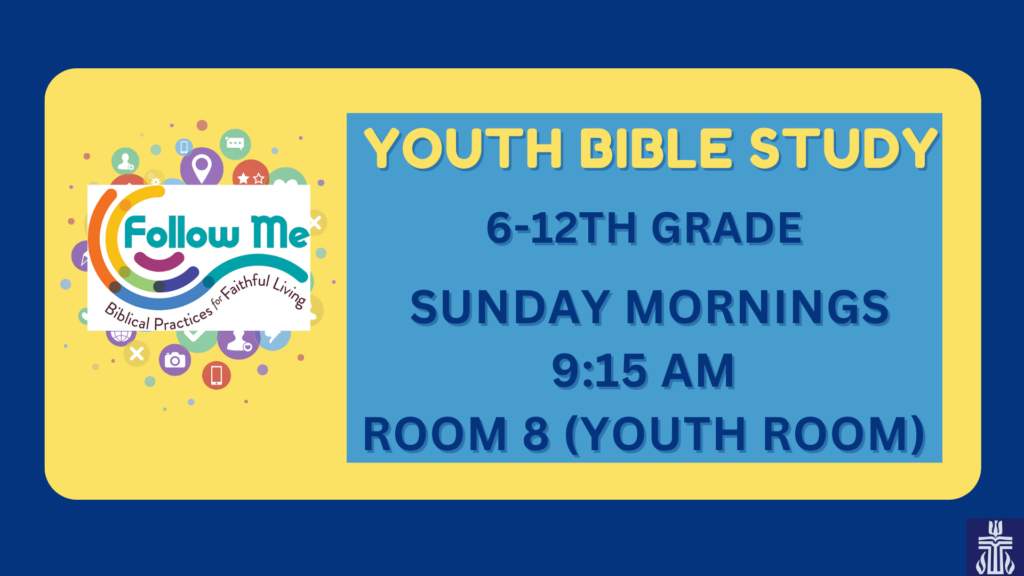This is Our Story, This is Our Song is the theme for our June/July sermon series.
Each week, we will explore some of the great hymns of our faith and reflect on their stories and the stories of scripture that they proclaim.
“Here I raise my Ebenezer” has got to be one of the most amusing or strange lines of all of the hymns in our hymnal. In the midst of a beautiful and stirring hymn, it sticks out like a sore thumb, unless we happen to know the Scripture reference from 1 Samuel 7, as Samuel marks a victory over the Philistines with a stone as a monument of sorts to God, recognizing God’s role and giving God credit for their triumphant outcome. The word in Hebrew literally means “stone of help,” and is meant to be a symbol of God’s faithfulness. In some hymnals you’ll find this verse re-translated to “here I raise to thee an altar,” to help better convey the meaning. For my tastes, though, I like keeping Ebenezer, for the richness of the word’s etymology and the opportunity it gives us to remind us that great hymns, like Come, Thou Fount of Every Blessing, are rooted deeply in our understanding of God’s words in the Bible.
The hymn was written by Robert Robinson. His story begins with heartbreak; his father died when he was eight and at age fourteen his mother sent him to England to apprentice as a barber. Instead, though, he got caught up with a rougher gang-like crowd that led him down a path of drinking and general mischief. At age 17, he and his friends decided to attend a meeting where the prominent evangelical theologian, George Whitefield, was preaching. Their purpose, of course, was to heckle, and “scoff at the poor deluded Methodists[i],” but what happened was quite the opposite. Robinson became convicted by the preaching on Matthew 3, with that sermon becoming a turning point in his life, leading to his enrollment in seminary 3 years later. By the time he was 23, he was serving at Calvinist Methodist Chapel in Norfolk, England and in 1758 he wrote a hymn for his sermon on Pentecost Sunday that was a prayer for the Holy Spirit to flood into our hearts with streams of mercy, enabling us to sing God’s praises and remain faithful[ii].
This hymn and it corresponding verse from 1 Samuel prompts us to consider the things in our lives that serve as reminders or witnesses to God’s help and faithfulness for us. For some, it is a place, like the stone gate that leads into Montreat, North Carolina, or stones that line the pathway of a labyrinth or walking trail; the rumble of the ocean waves or lapping of water against a boat. It might even be a literal church. These physical locations have a way of connecting us to the root of our faith. When all else seems lost or difficult, we can come back to these locations for a re-set. They are where we feel closest to God and can remind ourselves of God’s care for us and be at peace. For others, they might be symbols or tangible things we carry with us to remind us of our faith, such as a cross carried in our pocket or hanging around our neck. They could even be a literal stone – have you seen the ones that have a word inscribed on them? You can carry them with you as a reminder of that word of focus and reassurance. Early in my ministry, I received one as a gift from my spiritual director, during a tough time of transition when I wasn’t sure what the future would hold as my time with my first congregation came to an end. The word etched into the stone was “TRUST” and while it seemed ridiculous at first, I found that carrying it with me, in my pocket was calming. Whenever I felt unsure or unstable, I could reach into my pocket and find the rock, which would prompt me to pray and remember to trust God in the midst of my anxiety. It was not a panacea that made the difficulty of that time go away, but it was a way to remind myself that I was not in it alone. “Here I raise my Ebenezer, hither by thy help I come.”
In our lives of faith, it is helpful to have such signs and reminders of God’s presence along the way. When things are difficult, they are critical claims of faith that we cling to in order to have hope even in the midst of despair. That is the setting for the book of Lamentations, written around the end of the 6th century BCE as a poetic response to a national tragedy following Babylonian military assaults. Our passage this morning from chapter 3 is set within the third of five poems of the book, which cry out to God in the midst of intense pain, both for individuals and the community. These verses provide a brief point of hope, a break of light in the midst of darkness, which present a quiet and persistent confidence in God’s mercy even in the midst of bitter agony. As Beth Laneel Tanner notes:
the hope in God and God’s faithfulness is anchored in the expression of loss and personal reflection on sin.
God is not just faithful; God is faithful in the toughest of times[iii].
Even if all seems lost, God is present and faithful. Lamentations bears witness to hope among the ruins of Jerusalem and our lives without sugar-coating or ignoring the real pain that exists. Like the poet, the weight of the world swirls around us as well. This week brought news of two celebrities who completed suicide, a sobering reminder of the deep pain some live with daily, even when everything on the outside might appear to be going well. Wildfires are raging in Colorado. Children have been separated from parents or lost in systems and people are being detained in tall kennel-like cages on cement floors with only lightweight space blankets for comfort. School children in a Massachusetts kindergarten classroom are learning a rhyme to the tune of “Twinkle, Twinkle Little Star” about how to keep safe if they need to go into Lockdown mode because someone, likely an active shooter, has entered the building. Last Sunday, the Fuego Volcano in Guatemala suddenly erupted, sending pyroclastic flows – fast-moving, searingly hot clouds of volcanic ash and gases, down the mountainside at speeds faster than a jet plane. Entire communities were covered in moments. The death count is currently over 100 and will continue to climb as responders search through the disaster and as the volcano continues to be active. In the midst of these harsh realities, and those difficulties in our own lives, we might be tempted to ask “is God really faithful?”
My favorite Presbyterian Pastor, Fred Rogers, repeatedly said for us to look for the helpers when bad things happened. Put theologically, I think he was calling us to look for those who had raised Ebenezers, signs of faithfulness that God is at work. It is when we notice the first responders – firefighters and officers – who reach out in compassion and love, even saving lives. It is when we see educators teaching in love and calming fears. It is when we see disaster workers around tables making plans not just for tangible relief of clean water and clothing, but also providing trauma counseling for those who have lost it all. It is when we hear about the suicide prevention line where people can call anytime to talk – just dial 1-800-273-TALK (8255). Or, if you are struggling and can’t talk but can text, the Crisis Text Line is available 24/7 by texting 741-741 to receive help. These are signs of God’s faithfulness and help, and they come in the everyday responses of people who care. They are the streams of mercy, shining through like rays of sunlight on the horizon. And they remind us we are not alone.
These signs are what captured the poet in Lamentations 3, who in the midst of despair, looked up, and noted in verse 23 that this love and mercy from God “never comes to an end; they are new every morning.” This verse resonated with another poet, Thomas Obediah Chisholm, who authored more than 1200 poems in the early 20th century. His life was a roller coaster of ups and downs, including bouts of serious illnesses and inconsistent employment that often left him struggling. He was a man of faith, who identified that throughout his life he had not had a large climactic moment, but instead took note of God’s presence in his life, little by little, morning by morning as he discovered new blessings from God. He sent some of his poems to his friend and musician William Runyan in 1923, who was inspired to put it to music, and the classic beloved hymn “Great is Thy Faithfulness” was born. It wasn’t an immediate hit, but was a favorite of Dr. Will Houghton of the Moody Bible Institute of Chicago, who adopted it as its unofficial theme song, and it became wildly popular worldwide in the 1950s when it was introduced by George Beverly Shea and the choirs at the Billy Graham Crusades.
Like the Ebenezer raised by Samuel, this hymn calls us to place our faith and hope in God, no matter what. It is not a naive belief that God will simply sweep in and fix it all, but a statement about who God is in relation to the world. As Martha Moore-Keish reminds us, it is a:
lively eschatological hope [that] is not escape from the troubles of this world, but stubborn insistence that God’s mercy will have the last word – and life lived defiantly in light of that hope[iv].
To sing, “Great is Thy Faithfulness,” is a refusal to accept the world as it is, but to instead place a sign of faithfulness at the feet of the one through whom all mercies come. It is a song desperately needed for those who had been through tough times, whether it was the Philistines or the Babylonians, or our own modern-day struggles, to remind ourselves where to place our hope. May we join together in singing it, allowing its light to break into our lives, and serve as a beacon of hope for us, resonating deep within our souls. . . .
~Rev. Elizabeth Lovell Milford
June 10, 2018
—————————————————————————————–
[i] Kenneth W. Osbeck, 101 Hymn Stories: The Inspiring True Stories Behind 101 Favorite Hymns, (Grand Rapids, MI: Kregel Publications, 1982).
[ii] Robert J. Morgan, Then Sings My Soul: 150 of the World’s Greatest Hymn Stories, (Nashville, TN: W Publishing Group, 2011).
[iii] Beth Laneel Tanner, “Lamentations 3:19-26, Exegetical Perspective,” Feasting on the Word: Year C, Volume 4, David L. Bartlett and Barbara Brown Taylor, Editors, (Louisville, KY: Westminster John Knox Press, 2010).
[iv] Martha L. Moore-Keish, “Lamentations 3:19-26, Theological Perspective,” Feasting on the Word: Year C, Volume 4, David L. Bartlett and Barbara Brown Taylor, Editors, (Louisville, KY: Westminster John Knox Press, 2010).



